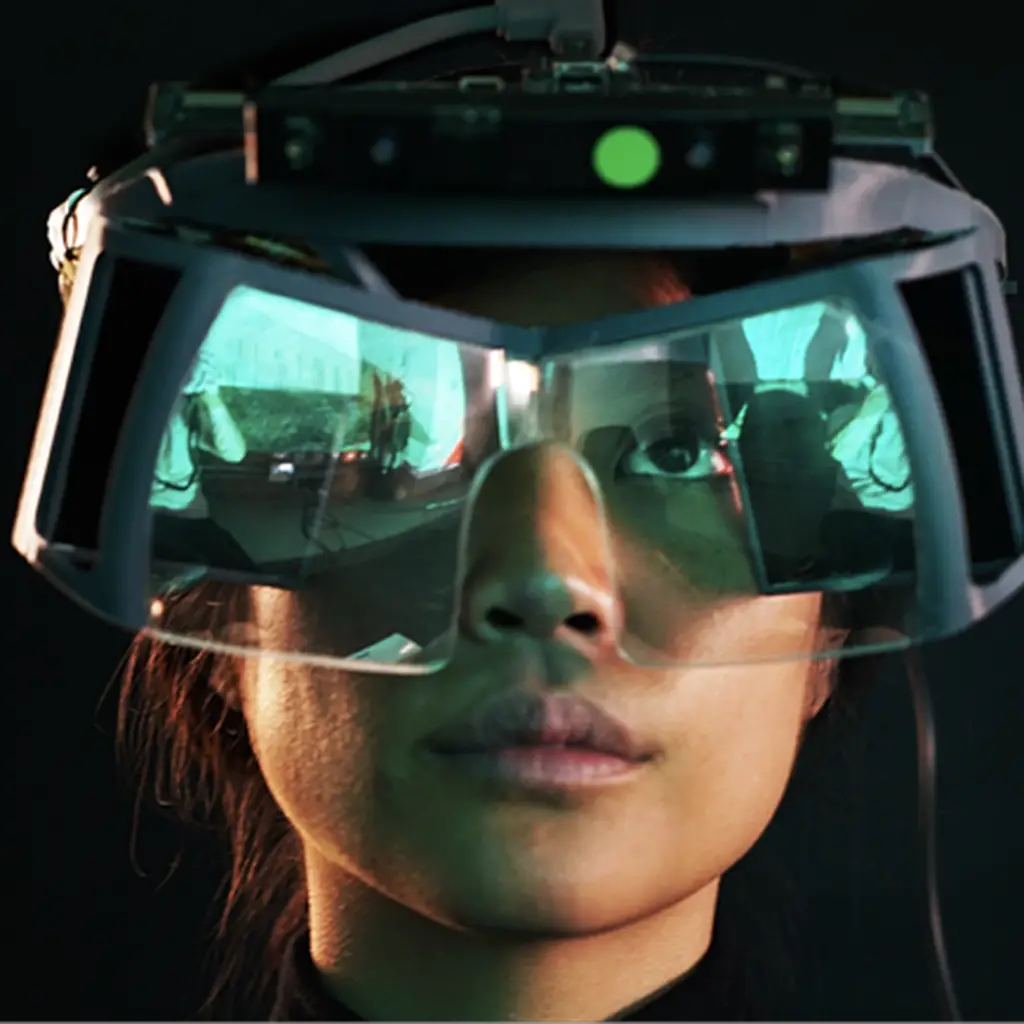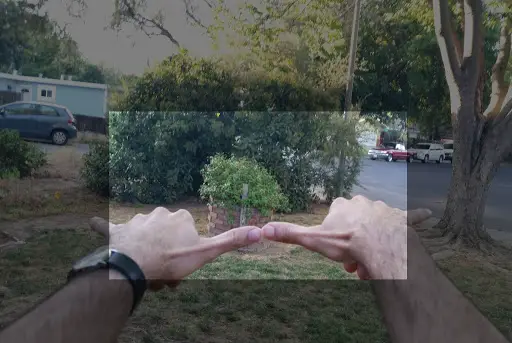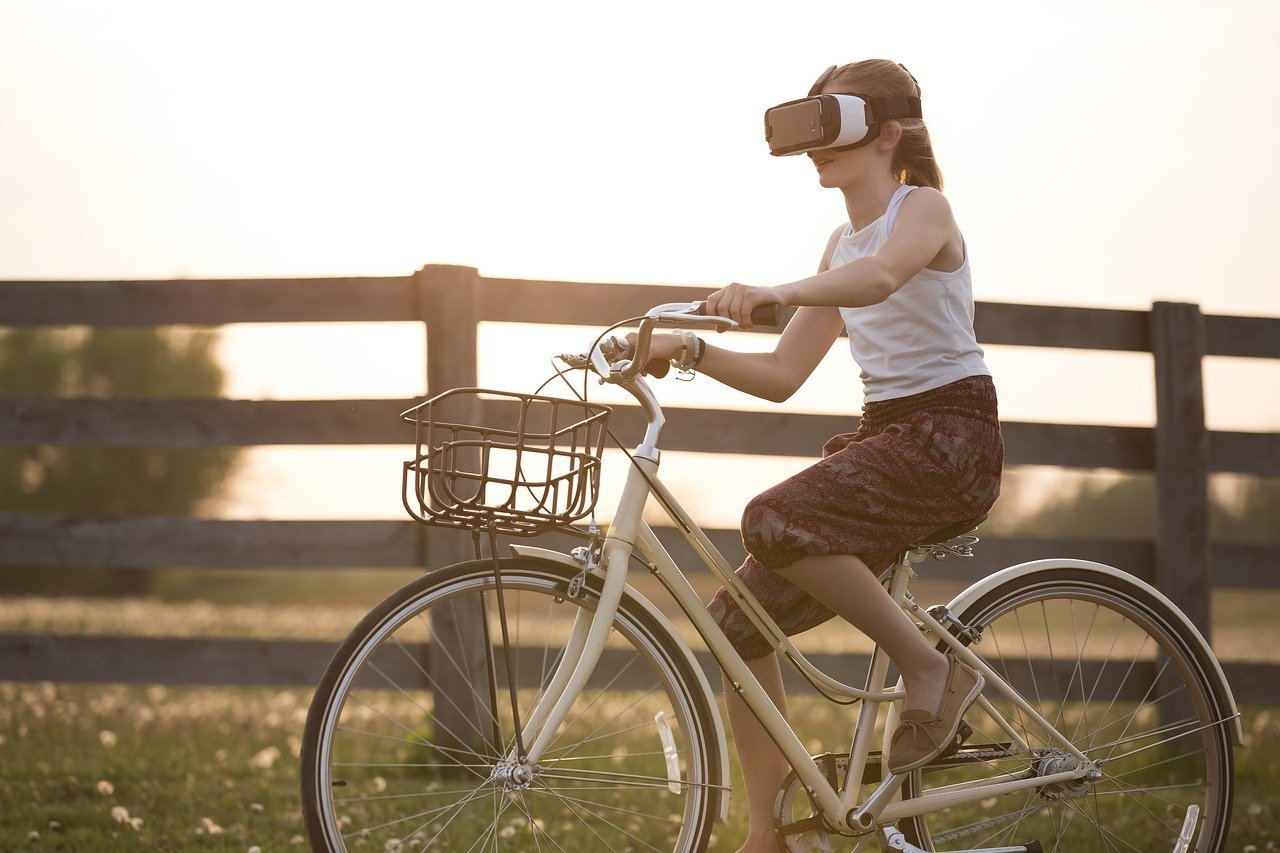Augmented reality has long seemed like it exists in virtual reality’s shadow. The idea of escaping to entirely virtual worlds separate from our own has long captured the public’s imagination and prioritized the “augmenting” of the existing world.
Virtual reality and augmented reality both have technical issues to eliminate. However, augmented reality shares almost all the same problems that virtual reality experiences and has some additional problems of its own to solve. Some of these issues are highlighted below:
Cost and availability
Unlike virtual reality, which has a variety of low-cost headsets available, augmented reality headset/glasses hardware easily cost thousands of dollars on the market, which only puts them in the hands of the most dedicated innovators or early adopters. This cost differential also helps explain why augmented reality’s mass adoption rate is estimated at being a few years farther out than its virtual counterpart.

Augmented reality, and its headsets specifically, are still very much within the early stage of adoption and It can be perplexing for technologies to overcome this hump.
Field of view
Field of view (FOV) talks about the space in which digital holograms appear. For example, the FOV for augmented reality on mobile devices is the amount of viewable space on the device screen. Looking away from the screen, and you would only see the real world, where no holograms exist.
It is comparable to looking through a letter slot, as the holograms only appear in the area that is marked as hologram visible. Any piece of the hologram that falls into the area that is marked as hologram not visible would be cut off. With this explanation you can see, a headset that has a narrow FOV has a much more problematic time offering the same level of immersion that a headset with a larger FOV will offer.
Clearly, a larger FOV is much more preferable to a smaller one. If holographic images display in a small window, it will be easy to get pulled out of the experience as the holograms get cut off within your FOV. Meta 2 claims to have the largest FOV of the current batch of headsets in the market, boasting a 90-degree FOV, but it and its counterparts still have a long way to go before approaching the FOV of the human eye (which is in the region of 135 degrees vertical and 200 degrees horizontal).

Refining the FOV of the augmented reality experience is to be one of the next big bounds for augmented reality to make with the next generation of hardware.
The Possibility of Physical Harm
While the long-term effects of using Augmented reality are much better known than the ones for Virtual Reality, there is still a substantial probability of harming yourself and the surroundings due to the nature of the application and lack of attention. Augmented Reality operates in the real world and supplements it the more with the addition of a little bit of digital. These elements could drive attention away from reality which in turn could cause a potentially dangerous situation.

For example, a while back it was all over the news about people hurting themselves while playing Pokémon Go.
With all the underlying problems, the market for AR is set to boom, and publishers, as well as the developers, are coming up with creative ways to counter common challenges. Only time will say how it shapes out, but one thing is for sure – NOTHING CAN STOP THE AR REVOLUTION!!
Follow us on LINKEDIN
Read other ARTICLES




